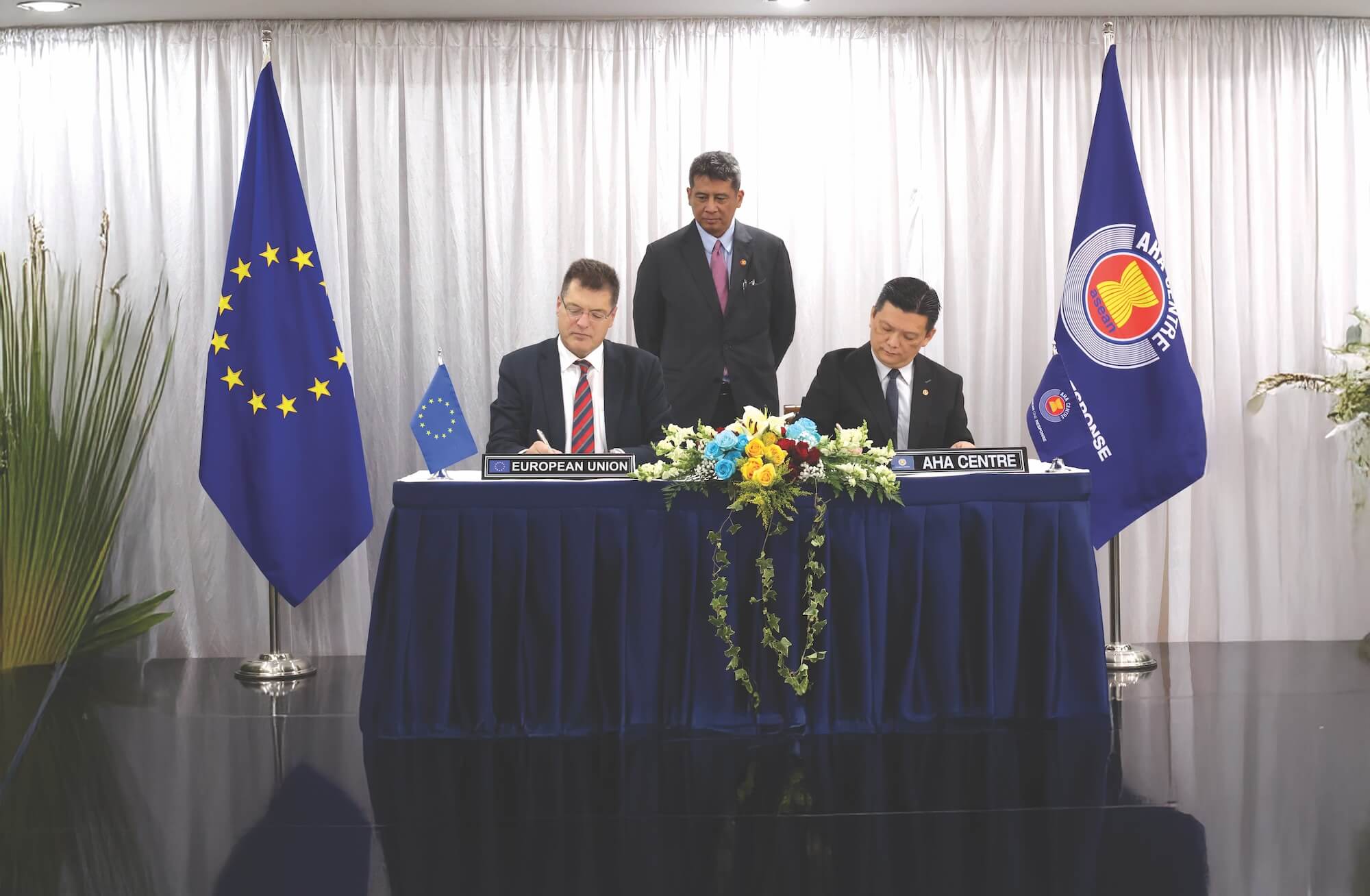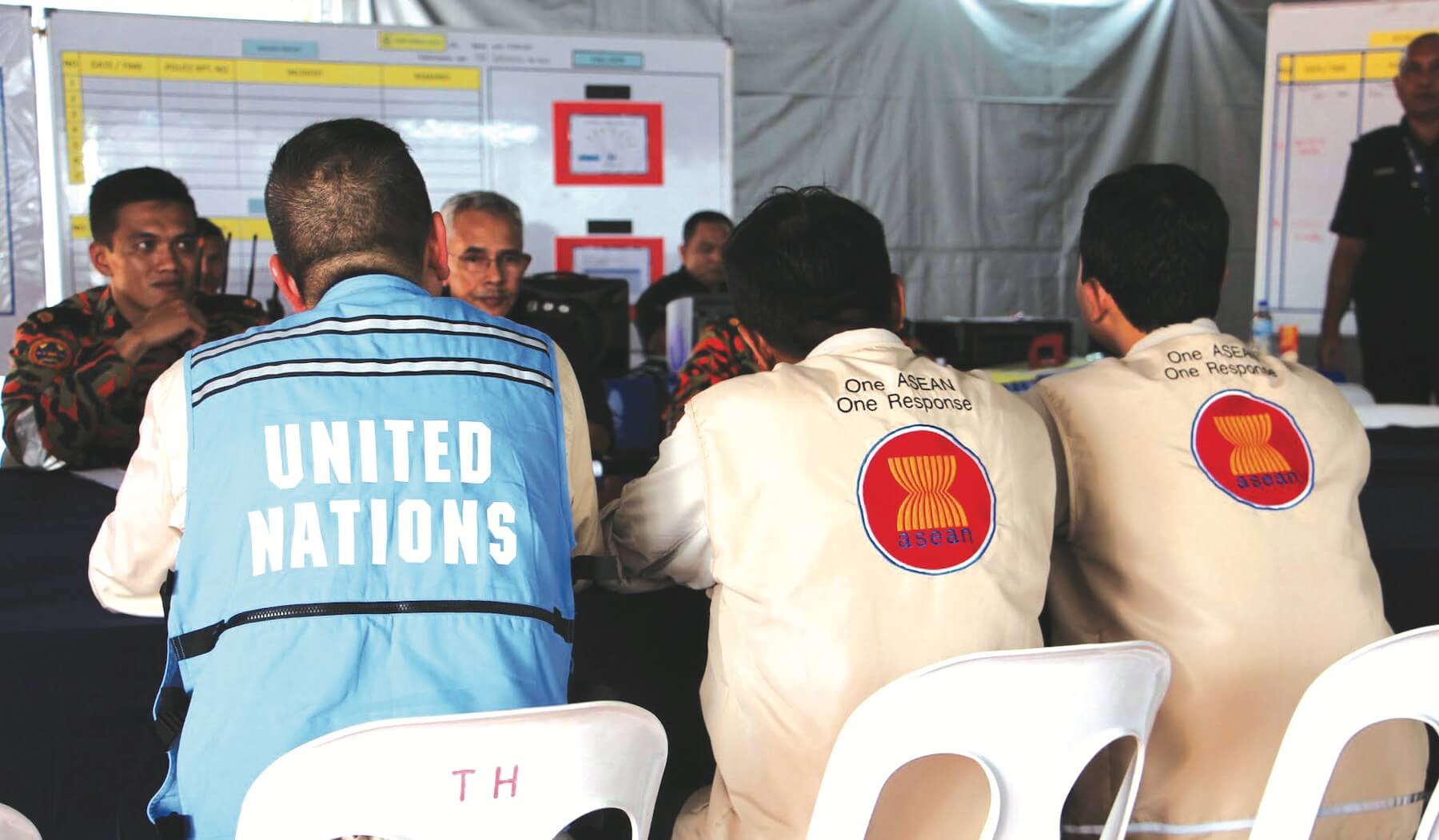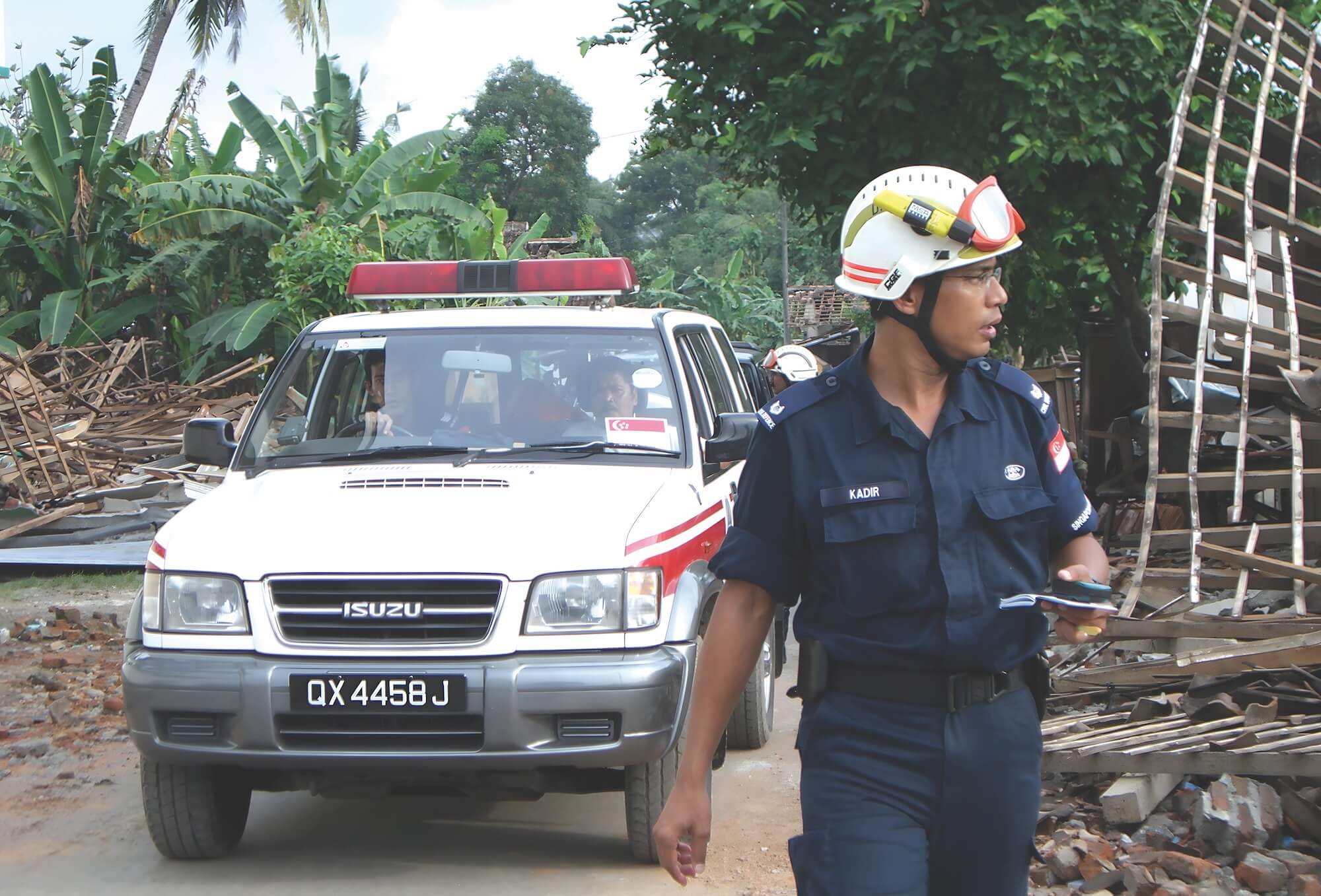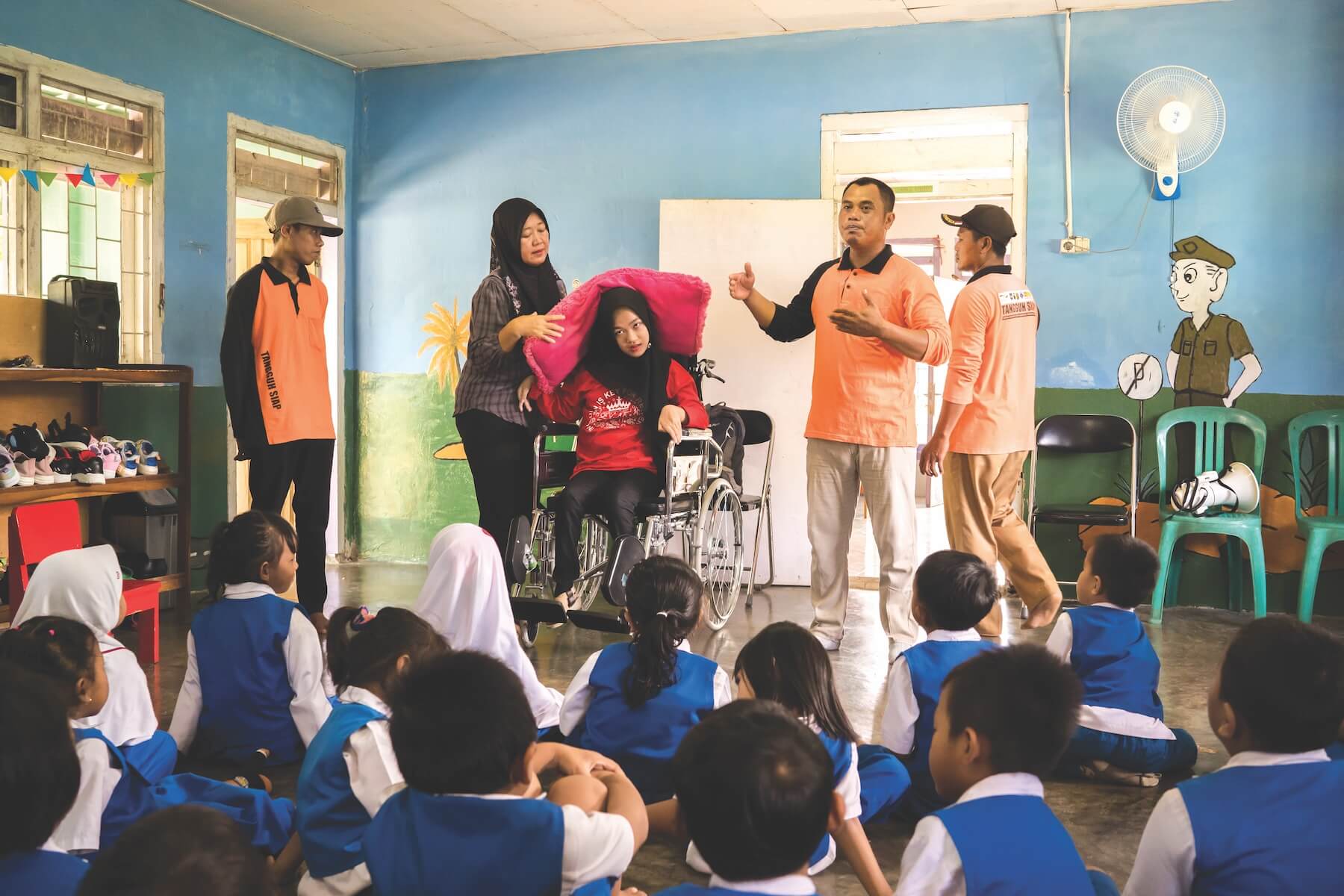



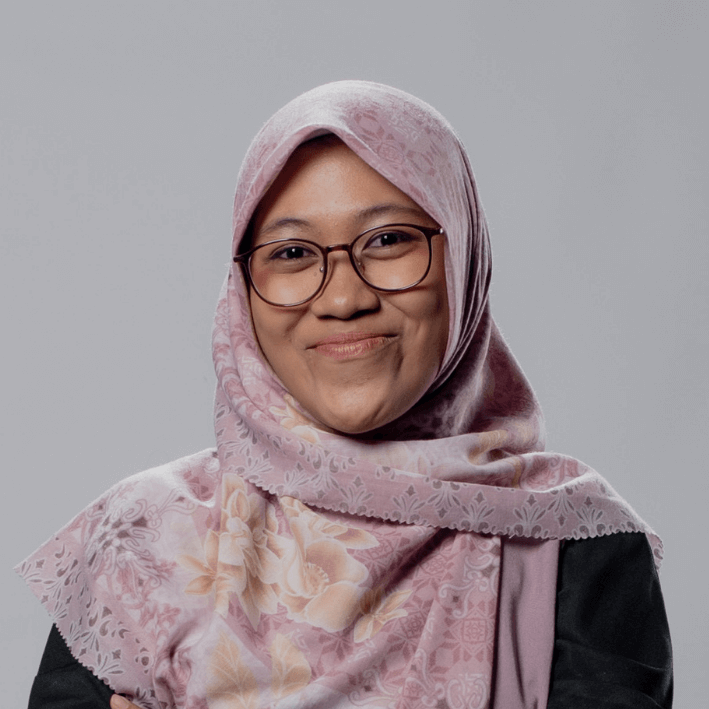
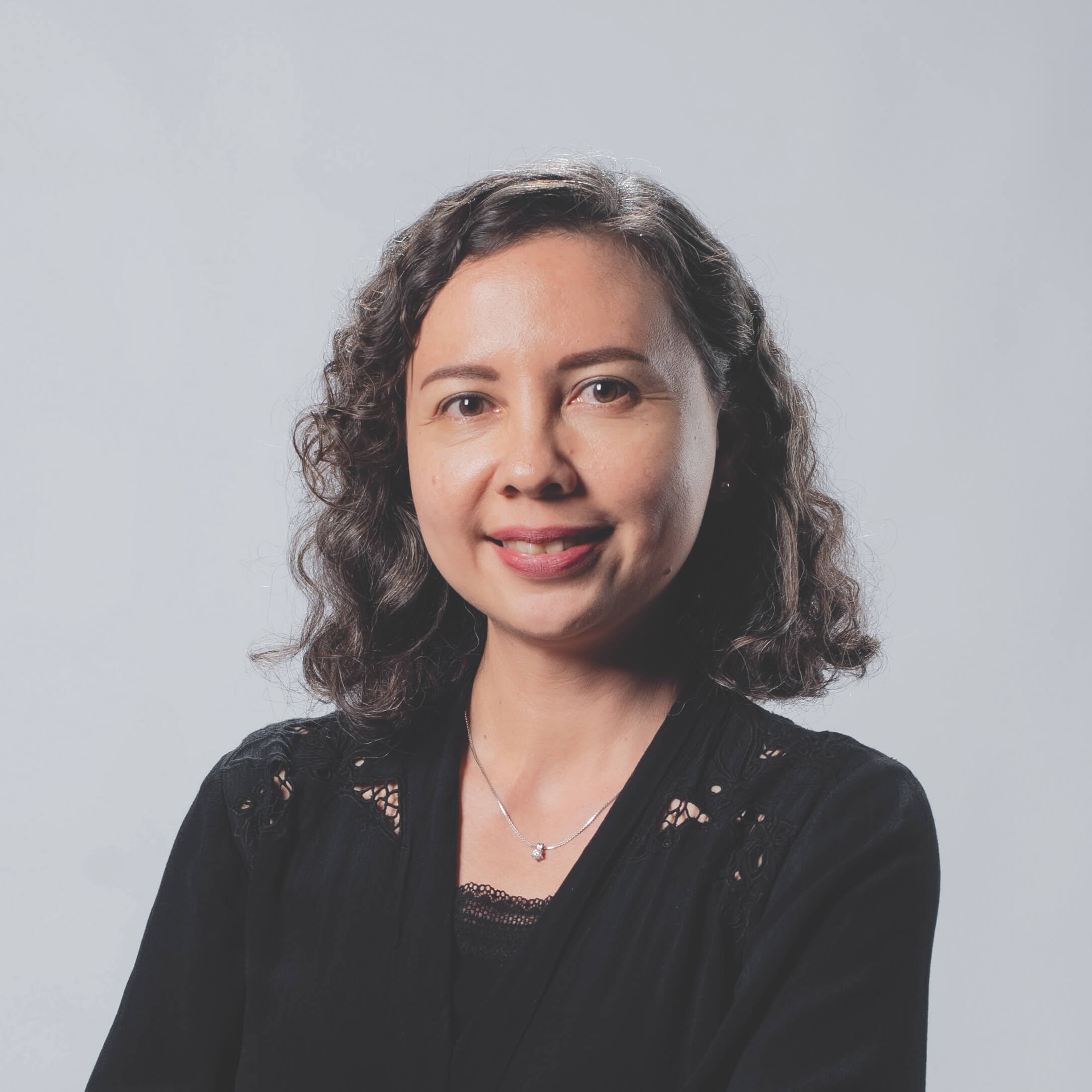
The 2004 Indian Ocean earthquake and tsunami was one of the deadliest natural disasters in recorded history. As we mark the commemoration of its 20th anniversary this year, it is essential to reflect on the progress made in Disaster Risk Reduction (DRR) and the lessons learned—particularly DRR efforts with and for the most at-risk populations, such as people with disabilities. The devastating events of 2004 exposed the critical need to address the unique challenges faced by people with disabilities in disaster situations, challenges that continue to persist today.
In 2018, a tsunami struck South Lampung, Indonesia. Nursiyah, a 25-year-old woman with physical and speech disabilities, and Sariyah, a woman with physical disabilities from a neighbouring village, survived the disaster, but both faced significant barriers in doing so.
Nursiyah recalls, “I crawled out during the tsunami. My mother had to help my grandmother, who also has disabilities.” Similarly, Sariyah shares, “There was no warning at all. We didn’t know it was a tsunami or how to respond. When the water reached the door, we had to escape through the back door to higher ground.”
Their accounts reflect common obstacles that people with disabilities face during disasters, such as the lack of timely warnings, inaccessible evacuation routes, and an overall absence of disaster preparedness in their communities.
These challenges are not isolated experiences but are systemic across Southeast Asia. As this region is one of the most disaster-prone in the world—with nearly 2,000 disasters recorded between 1900 and 2022—the close to 90 million people with disabilities in the region are faced with constant peril. The intersection of poverty, social exclusion, and inadequate access to essential services, such as healthcare and education, amplifies the risks faced by people with disabilities, leaving them physically and socially isolated and often unprepared for disasters.
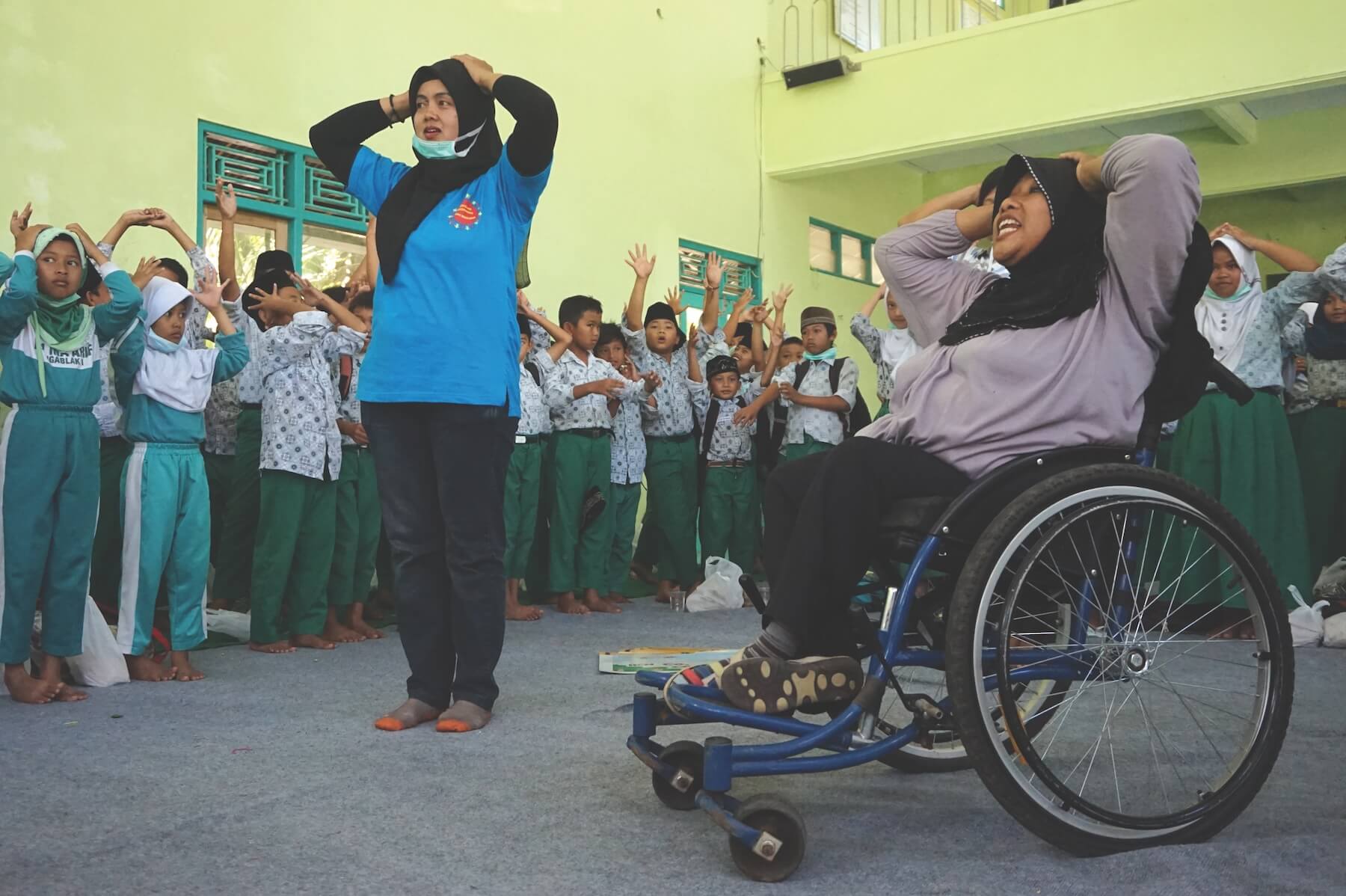
Learning from the past: Measures to enhance disaster preparedness for people with disabilities
The 2004 Indian Ocean Tsunami and subsequent disaster events like the 2018 tsunami have underscored an undeniable truth: disaster preparedness must be inclusive of people with disabilities. The aftermath of these disasters revealed the glaring gaps in accessibility and communication that left many vulnerable individuals stranded and unprotected. To build a more resilient future, we must prioritise several crucial steps.
First, creating accessible infrastructure is paramount. This includes ensuring that evacuation routes, shelters, and transportation are designed to accommodate people with physical, sensory, or intellectual disabilities. The removal of physical barriers can mean the difference between life and death in emergency situations.
Equally important is the development of inclusive communication systems. Early warning systems should cater to diverse needs—providing visual signals for those with hearing impairments, audible warnings for the blind, and clear, simple messaging for individuals with cognitive disabilities. In disaster scenarios, timely, understandable information can save lives.
Capacity strengthening for disaster preparedness and response is another critical area. Empowering people with disabilities to actively engage in preparedness efforts and training local authorities and responders to support them is essential. A well-prepared community ensures that no one is left behind when disaster strikes.
Moreover, the collection and use of disaggregated data is crucial. Understanding the specific needs of people with disabilities enables tailored responses, ensuring that essential services such as mobility aids or appropriate food supplies are available when needed.
Finally, robust legal frameworks like the ASEAN Agreement on Disaster Management and Emergency Response (AADMER) and ASEAN Regional Framework on Protection, Gender, and Inclusion in Disaster Management 2021-2025 (ARF-PGI) offer a foundation for inclusive disaster management. Fully implementing and reinforcing these policies will help safeguard the rights and well-being of people with disabilities in times of crisis.
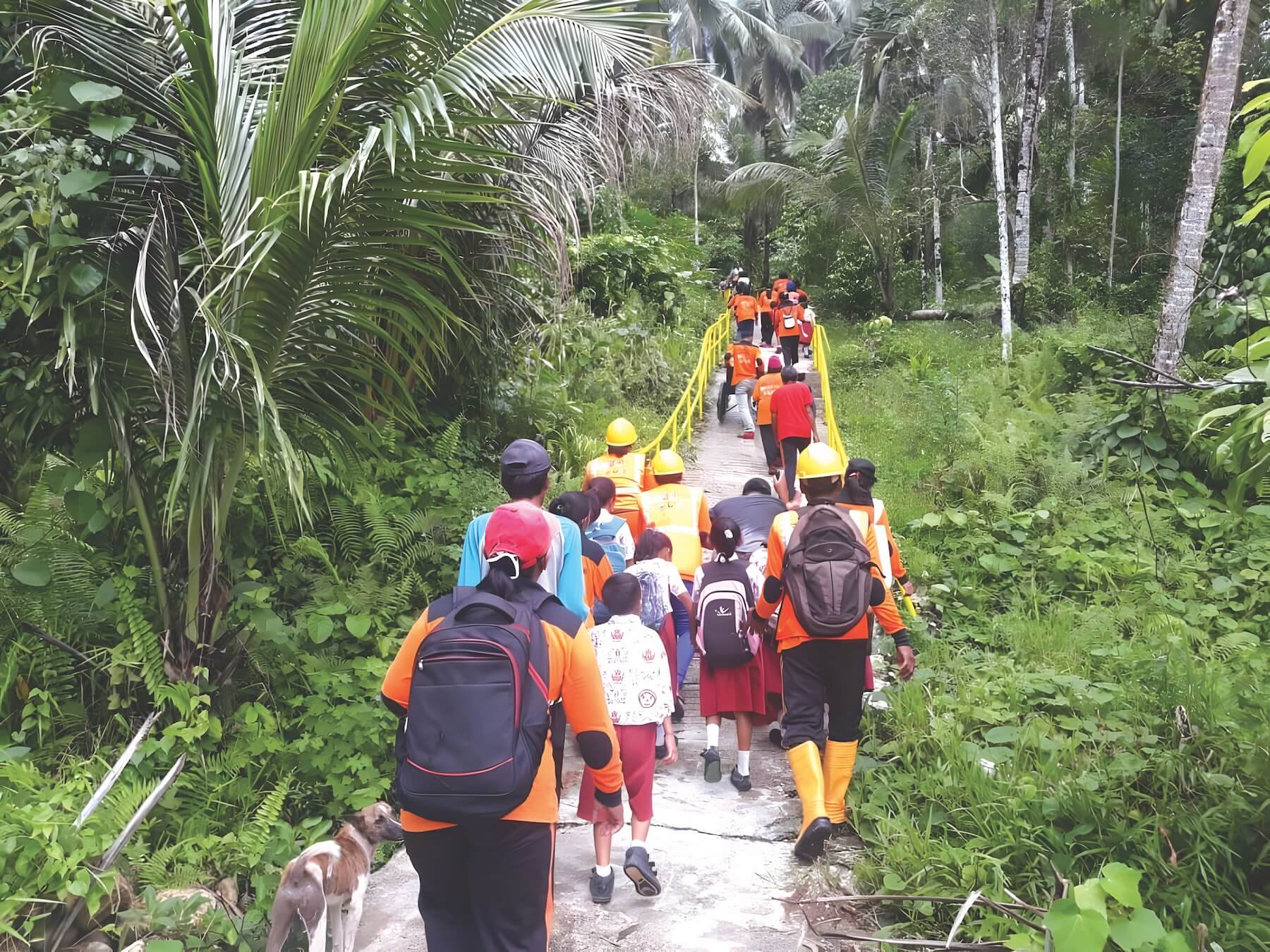
Promoting disability-inclusive disaster risk reduction: Building on the legacy of the 2004 tsunami
Over the years, Arbeiter-Samariter-Bund (ASB) has been actively implementing these measures to enhance disability inclusion in disaster risk reduction strategies. ASB has integrated accessibility into its programming by focusing on inclusive infrastructure, communication, capacity strengthening, and data-driven decision-making to ensure that people with disabilities are not left behind during disasters. Our ongoing efforts contribute to a more inclusive and resilient society, particularly in Southeast Asia, where the risks of natural disasters are high.
Through partnerships with local organisations including organisations of persons with disabilities (OPDs) and joint advocacy through networks like the Disability-inclusive Disaster Risk Reduction Network (DiDRRN), ASB has contributed to the development of practice-informed regional policies that ensure the inclusion of people with disabilities in disaster preparedness efforts. The 2012 Yogyakarta Declaration and the ASEAN Enabling Masterplan 2021-2025 have further strengthened the integration of disability inclusion into regional disaster management frameworks.
Despite this progress, a major challenge continues to be the lack of disaggregated data on people with disabilities, especially during emergencies. In response, ASB, in collaboration with partners Nossal Institute of Melbourne University and Life Haven, a Philippine-based OPD, has recently developed tools such as the Humanitarian Disability Needs Estimation and Screening Tool (HD-NEST) to quickly assess the specific needs of people with disabilities in acute humanitarian response situations. This ensures that humanitarian responses are tailored and effective, addressing gaps in current efforts.
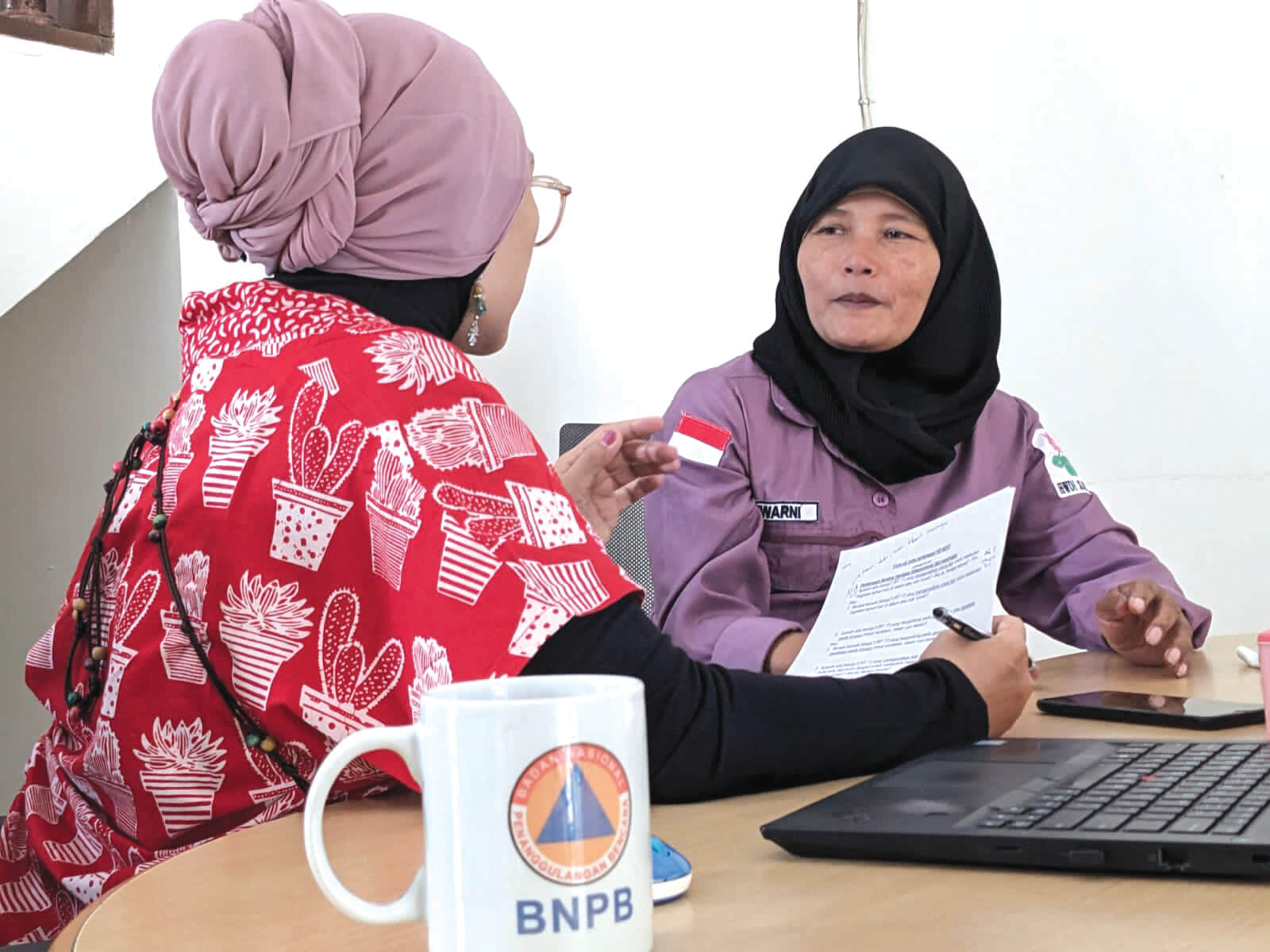
A way forward, 20 years after
The 20th anniversary of the Indian Ocean Earthquake and Tsunami is a solemn reminder of the immense human toll of natural disasters and the ongoing need for improvement in disaster preparedness, particularly for people with disabilities. The experiences of survivors like Nursiyah and Sariyah reflect broader systemic issues that leave millions vulnerable in times of crisis.
Addressing the barriers that people with disabilities face in disaster situations requires a concerted and inclusive effort. By building accessible infrastructure, improving communication systems, enhancing capacity building, and ensuring data-driven decision-making, we can create a more resilient future for all.
As we honour the memory of those lost in the 2004 tsunami, we must also commit to a future where people with disabilities are not only included in disaster preparedness but are empowered to take leadership roles in shaping DRR strategies. The path forward lies in collaboration, innovation, and a steadfast commitment to inclusion, ensuring that no one is left behind in times of crisis.
The views and opinions expressed in this article are solely those of the authors and do not reflect the official policy or position of ASEAN.




